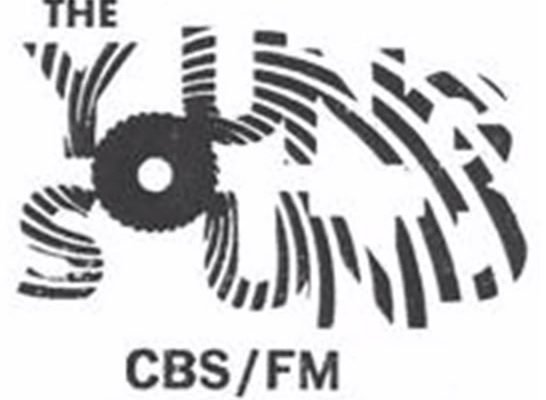 Marty Loken (Seattle Times) – December 1966 – Music designed to brighten FM radio has been introduced to the area on KIRO FM 100.7 Mc.
Marty Loken (Seattle Times) – December 1966 – Music designed to brighten FM radio has been introduced to the area on KIRO FM 100.7 Mc.
Called the Young Sound, it features bright, up-tempo popular music. The music comes to the station on large tape reels from a CBS subsidiary.
CBS says the new sound is aimed at the 20 to 35 age group–”those who have outgrown rock ‘n roll.” Ron MacDonald, program director at KIRO FM, believes the format will have wider appeal.
“Our FM station will appeal to anyone who has a young, modern outlook, stylish clothing, a comfortable home.” MacDonald said.
The Young Sound is somewhat startling sound for both the FM band and KIRO FM.
“It’s chicken rock!” says an out-of-town competitor to whom the service was offered earlier.
The term refers to watered-down versions of music which first became popular as rock ‘n roll.
MacDonald puts it another way. “The unique tempo of today’s popular music has been modified and blended into a smooth ‘good music’ style.
“We don’t expect to appeal to extremely ethnic tastes.”
Typical artists will include Percy Faith, the Hollyridge strings, Nancy Sinatra, and the more subdued recordings from Chad and Jeremy, the Mamas and Papas–maybe even the Beatles–in stereo.
Listeners hit loss of programs.
KIRO’s separation of AM and FM was prompted by an FCC requirement to cease full duplication.
KIRO jumped in strong. The FM is completely separate and operates its Young Sound from 6 AM to midnight.
Meanwhile, the station is hearing from listeners who object to losing a favorite program. Despite its continuation on AM.
The late-night talk program, Partyline, had fans objecting even though only a small portion of the show was carried on FM.
Others have objected to being unable to find Jim French in the morning.
But the most vocal are likely to be the opera buffs. A listener who contacted Texaco, longtime program sponsor, says the firm was receptive to her complaint that the Saturday Metropolitan Opera broadcasts would be missed from FM. The gasoline company indicated it would be willing to negotiate sponsorship on FM.
The station, however, is ready to close the door to sharing its AM programs.
“There is an incompatibility in programming taste between these programs and our new sound. Plans do not call for any revisions at this time,” a company spokesman said.


June 23, 2021 at QZVX
C. Rorabaugh says:
1969, 1970? So what! I was in a testosterone haze back then. My LP I dated as June 1971, likely that’s when I found it at the Lynnwood Fred Meyer.
One of the nice things about the old KIRO-FM/KSEA was the attention to detail in audio. We weren’t fighting loudness wars then. Just quality wars. Stereoland at Sound Center Mall set up a mobile listening van for Quadraphonic radio. KIRO-FM has QS encoding for these special broadcasts and QS encoding could improve stereo imaging, and for a 4 channel effect with all quad decoders. It did not hurt the mono image for table top radios. We also experimented with Dolby FM. It was okay, but not the improvement that Dr. Dolby hyped. There were not enough Dolby FM tuners in the market.
Radio was fun in the early 70’s. Now it is like aseptic packaged milk.
June 23, 2021 at QZVX
Jason Remington says:
The fun ended when radio stations began being gobbled up by a few corporations.
June 17, 2021 at QZVX
Claude Rorabaugh says:
Liz Damon did no become a national recording artist until early 70’s. So not part of the CBS Young Sound in ’66. In ’72 KIRO-FM sdipped its toes into the Beautiful Music waters and by ’73 was fully refined by the WRFM tapes, later to be know as Bonneville Broadcast Consultants.
I was involved in the fall of ’73 and was the de facto Operations Manager; controlling levels, element pacing, and all spot production. I think we sounded better in our format execution than WRFM New York. Dick Dixon was VP and GM, Warren Peterson was Sales Manager.
June 16, 2021 at QZVX
Jason Remington says:
It was quite a change from Mantovani and the Jackie Gleason Orchestra to the Young Sound. The Mormon Church would not have gone beyond Herb Alpert’s Tijuana Brass and the Liz Damon Orient Express.
June 16, 2021 at QZVX
kjrol says:
By Young Sound I take it they meant Old Sound. Little did they know the rock market was about to explode again.